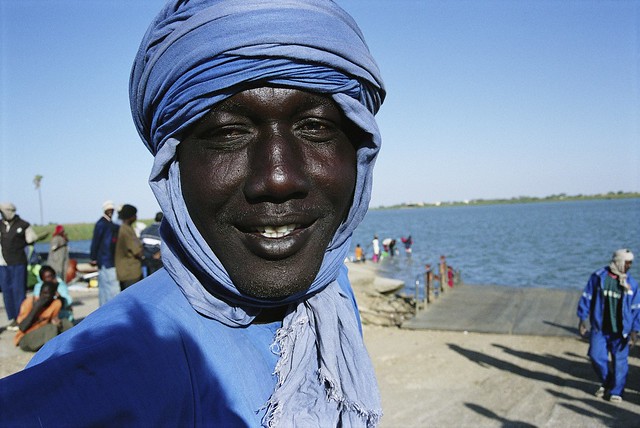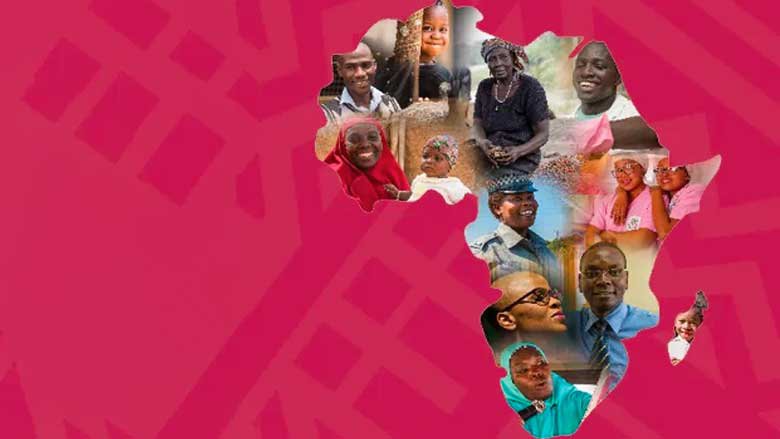About
The Republic of Congo (Congo-Brazzaville) covers 342,000 km2 and is one of the least densely populated in Afric,. Its population of 6.1 million is largely young, with 47% being under the age of 18. More than half of the population lives in its two main cities — Brazzaville and Pointe-Noire.
Covered mainly by tropical forests, Congo is home to one of the largest areas of tropical peatlands, a fragile ecosystem that plays a crucial role in climate regulation. The oil sector accounts for about half of the country’s GDP and 80% of its exports, making it the third largest producer in Sub-Saharan Africa. The country also has a wealth of mineral resources that remains largely untapped.
Political Context
President Denis Sassou Nguesso was reelected in March 2021. He led the country for the first time from 1979 to 1992, returned to power in 1997, and has won all elections since 2002. The next presidential elections are scheduled for March 2026.
Social Context
With a human capital index of 0.42, the Republic of Congo is behind the average of 0.48 for its peer group of Lower Middle-Income Countries (LMICs). Infant mortality remains high at a rate of 32 deaths per 1,000 live births. By the end of primary education, only 30% of students are proficient in reading. Access to electricity stands at 67% of the population in urban areas compared to just 12.4% in rural areas. 74% of the population has access to a clean water source, but this is significantly lower in rural areas at 46%, despite the country’s considerable hydrological resources.
The dynamics of social exclusion and drivers of fragility are multidimensional and further exacerbated by poverty and inequality. These issues go beyond the spatial disparities between urban and rural areas, and are exemplified in the divide between population groups, with women, youth, persons with disabilities, and indigenous peoples (IPs) being the most vulnerable. Youth unemployment has also increased over the years and has reached around 42%.
Economy
The Congolese economy grew modestly in 2024 (2.6%) and is projected to expand by 2.9% in 2025. Poverty reduction has stalled, with the rate virtually unchanged since 2021 and forecast at about 52% in 2025, reflecting flat per capita growth. Non-oil momentum softened: primary sector growth eased to 3.9% from 4.2% in 2024, largely due to a sharp slowdown in forestry following the log export ban. Industry contracted in early 2025 amid widespread electricity and fuel shortages, which raised costs and forced temporary shutdowns. Oil-sector outcomes were mixed: higher output by major producers was partly offset by weaker performance among others facing aging equipment and power outages.
Inflation is expected at 4.0% in 2025, above the 3.0% regional benchmark, driven by energy and fuel disruptions, higher excises on alcohol and tobacco, and rising food prices that weigh on already fragile household purchasing power.
Public finances improved slightly. The overall fiscal surplus is projected at 3.0% of GDP in 2025. Revenues will decline due to lower oil prices, while non-oil revenues are set to rise on stronger collections from taxes on goods and services and direct taxes, including VAT from the oil sector. Expenditures are projected to fall owing to lower domestic interest, reduced capital spending, and smaller current transfers.
Debt pressures have eased at the margin. Outstanding public debt fell 4.7% year-on-year by end-March 2025, reflecting a 9.5% decline in external debt and a 1.5% reduction in domestic debt; total public debt is expected to be 89.2% of GDP in 2025. The current account deficit is projected at 5.2% of GDP, reflecting weaker oil prices. Risks remain tilted to the downside, notably liquidity pressures, oil price volatility, tighter financing, delayed oil investments, slow reform implementation, and persistent power and fuel shortages.
Last Updated: Oct 06, 2025







